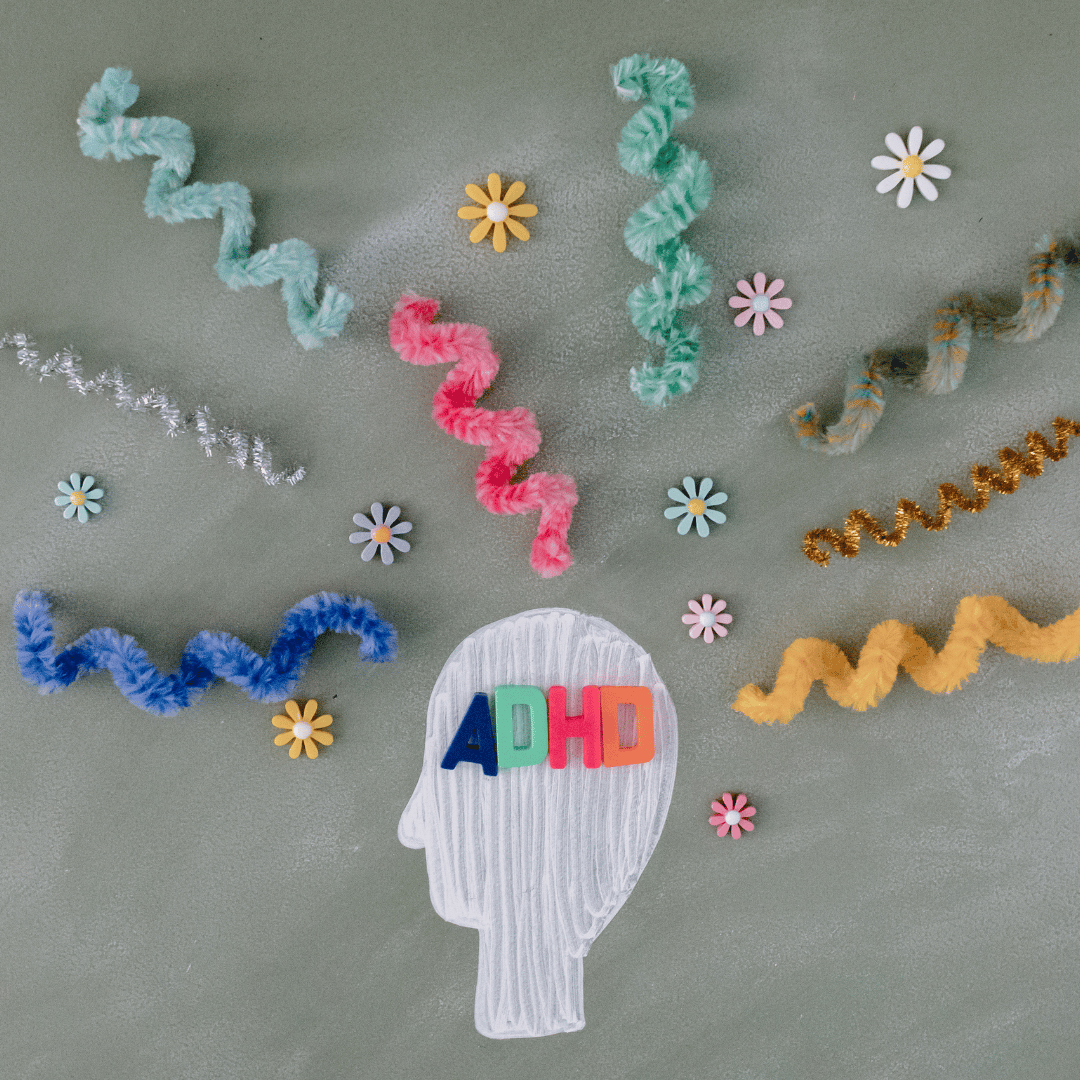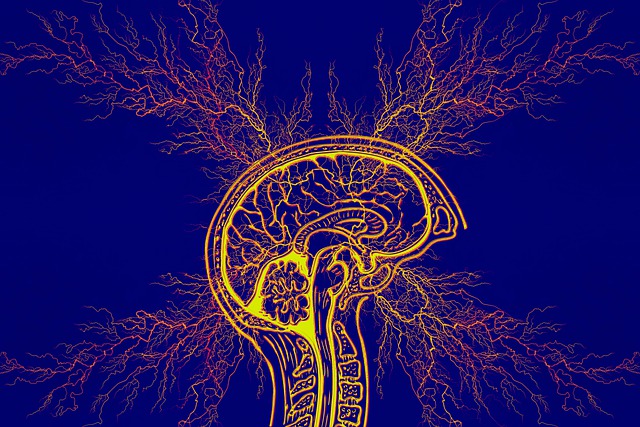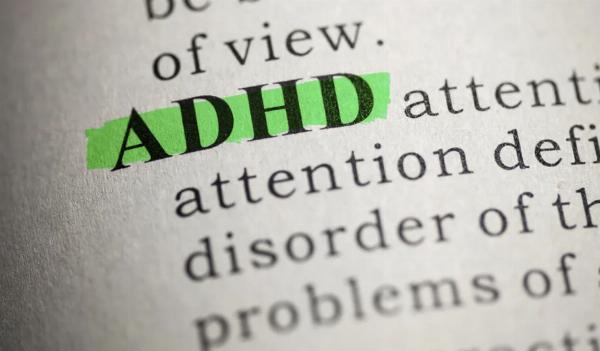ADHD and Bipolar Disorder: Understanding the Complex Co-Occurrence

Strong 8k brings an ultra-HD IPTV experience to your living room and your pocket.
Attention deficit hyperactivity disorder (ADHD) and bipolar disorder are two distinct yet often overlapping mental health conditions. While each poses its own set of challenges, individuals diagnosed with both may experience more severe symptoms and face unique complications in diagnosis and treatment. Though less common than single diagnoses, co-occurring ADHD and bipolar disorder is not rare and understanding how they interact is key to managing both effectively.
✍️ Many parents confuse ADHD with normal childhood behavior. Our detailed ADHD guide explains how to identify true symptoms and when to consult a specialist.
How Often Do Bipolar Disorder and ADHD Co-Occur?
Recent studies suggest that ADHD is particularly common among individuals with bipolar disorder, especially in children. Research shows that up to 85% of children with bipolar disorder also meet criteria for ADHD. Conversely, around 22% of children diagnosed with ADHD may go on to develop bipolar disorders or exhibit significant symptoms of mood instability.
The exact rates in adults are less clear due to diagnostic complexity and symptom overlap, but the presence of both conditions in one person is far from unusual. When these two disorders coexist, symptoms can intensify, and the clinical picture becomes more complicated. Misdiagnosis is common, especially when only one condition is recognized or treated.
Can Someone Have ADHD and Bipolar Disorder at the Same Time?
Yes, individuals can have both ADHD and bipolar disorder. However, accurate diagnosis can be difficult, even for experienced clinicians. This is because the symptoms of each condition often mimic one another particularly around impulsivity, distractibility, and mood swings.
For instance, a person with bipolar disorder in a manic state may appear hyperactive, distracted, and overly talkative like someone with ADHD. On the other hand, someone with ADHD may experience frequent mood changes and frustration that resemble the emotional lability seen in bipolar disorder.
That said, a careful, comprehensive psychiatric evaluation is critical. A clinician must rule out other possible explanations and determine whether the symptoms are best attributed to one condition, both, or another diagnosis entirely. In many cases, people may partially meet criteria for one or both disorders, complicating the clinical picture even further.
The Impact of Having Both Disorders
When someone has both bipolar disorder and ADHD, their symptoms tend to be more severe than in individuals with only one of the conditions. Research shows that this combination often leads to:
• More frequently cycling between mood states
• Mixed episodes, where symptoms of mania and depression occur simultaneously
• Increased aggression or emotional volatility
• Greater overall impairment in social, academic, and occupational functioning
People with this dual diagnosis also face higher risks of substance use disorders, legal problems, relationship strain, and suicidal thoughts. Because of this, screening for ADHD in individuals with bipolar disorder (and vice versa) is essential, especially in early stages of care.
What Is It Like to Live with Both ADHD and Bipolar Disorder?
Living with both ADHD and bipolar disorder can feel like being caught between two extremes racing thoughts and sluggish cognition, hyperactivity and deep depression, motivation and paralysis. Many people describe it as an emotional roller coaster that’s hard to predict or control.
For example, someone might experience intense mental energy and restlessness for days struggling to slow their thoughts or sleep followed by a complete shutdown, where their mind feels blank and detached. This unpredictability can lead to:
• Depression and hopelessness
• Chronic frustration
• Increased irritability or anger
• Feelings of being out of control
• Suicidal ideation, especially when support is lacking
Adults with this comorbidity often struggle to manage basic daily tasks, maintain employment, or keep up with personal responsibilities, leading to social withdrawal and low self-esteem.
ADHD vs. Bipolar Disorder: How Can You Tell the Difference?
Although ADHD and bipolar disorder share several symptoms such as impulsivity, distractibility, and emotional reactivity there are important differences.
• Attention and focus: ADHD tends to involve chronic distractibility, trouble starting tasks, and difficulty sustaining attention. Bipolar disorder, by contrast, may cause intense focus or goal-directed activity during manic episodes, followed by apathy or cognitive fog during depressive phases.
• Mood shifts: Mood changes in ADHD are typically brief and triggered by external events. In bipolar disorder, mood episodes are more intense, longer-lasting (days or weeks), and may not be tied to external circumstances.
• Thought patterns: People with ADHD tend to think quickly, but their thoughts don’t usually include delusions or hallucinations. In contrast, bipolar mania can involve grandiosity, psychosis, or paranoid thinking.
Despite these differences, both conditions can disrupt daily life. Shared symptoms may include:
• Inability to focus or stay on tasks
• Restlessness or hyperactivity
• Irritability or mood swings
• Poor impulse control
These symptoms can lead to:
• Academic or job difficulties
• Strained personal relationships
• Risk-taking behaviors
• Increased likelihood of legal or substance abuse problems
Treatment Challenges and Considerations
Treating co-occurring ADHD Medications for Adults requires a cautious, individualized approach. Medications used for one condition can worsen symptoms of the other if not managed properly.
• Stimulant medications, commonly prescribed for ADHD, can sometimes trigger mania or worsen mood instability in people with bipolar disorders.
• Mood stabilizers and antipsychotics, used for bipolar disorder, may help regulate mood but may not effectively address ADHD symptoms such as inattention or executive dysfunction.
Because of this, treatment typically begins by stabilizing mood symptoms before introducing any stimulant therapy for ADHD. In some cases, non-stimulant ADHD medications, such as atomoxetine or guanfacine, may be used to minimize risk.
In addition to medication, psychotherapy plays a critical role. Cognitive-behavioral therapy (CBT), mindfulness practices, and psychoeducation can help individuals learn coping skills, identify triggers, and manage the unique challenges of having both disorders.
Lifestyle Management and Monitoring
Managing ADHD and bipolar disorder isn’t just about medications, it also involves building structure, self-awareness, and support systems.
Some effective self-care strategies include:
• Keeping a mood and symptom diary to track emotional changes, medication responses, and triggers
• Getting consistent sleep, which is vital for stabilizing mood and improving focus
• Maintaining a routine with manageable daily goals
• Reducing stress through relaxation techniques like meditation or breathing exercises
• Avoiding drugs and alcohol, which can worsen both disorders
• Eating a brain-healthy diet and staying physically active
Family education, support groups, and ongoing communication with mental health providers are also crucial to long-term management and recovery.
In Conclusion
Having both ADHD and Bipolar can complicate diagnosis, intensify symptoms, and make treatment more challenging but it is possible to manage both conditions effectively with the right support. Early intervention, accurate diagnosis, and a tailored treatment plan are essential. By understanding the overlap and the distinctions between these disorders, individuals can take meaningful steps toward stability, improved functioning, and a better quality of life.
Note: IndiBlogHub features both user-submitted and editorial content. We do not verify third-party contributions. Read our Disclaimer and Privacy Policyfor details.







